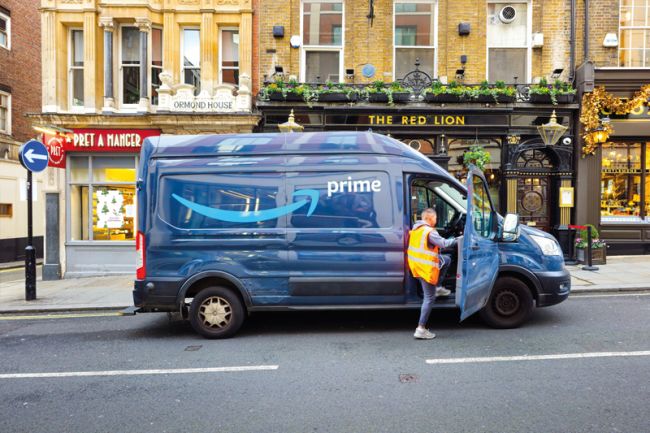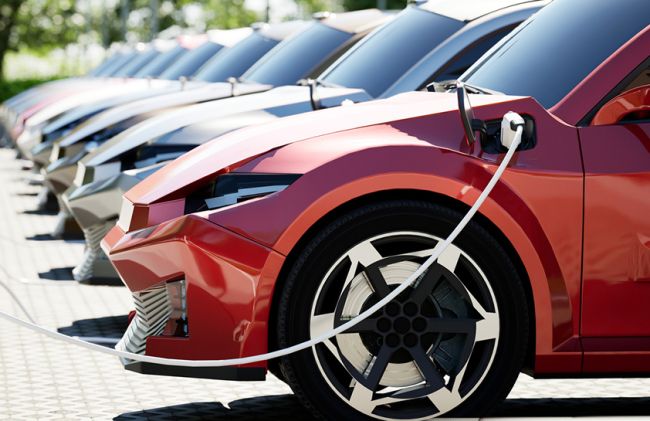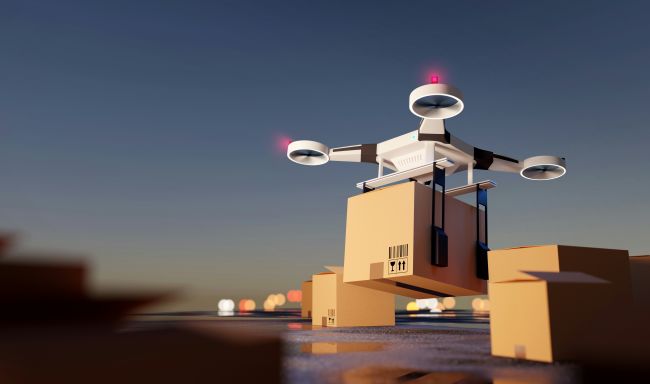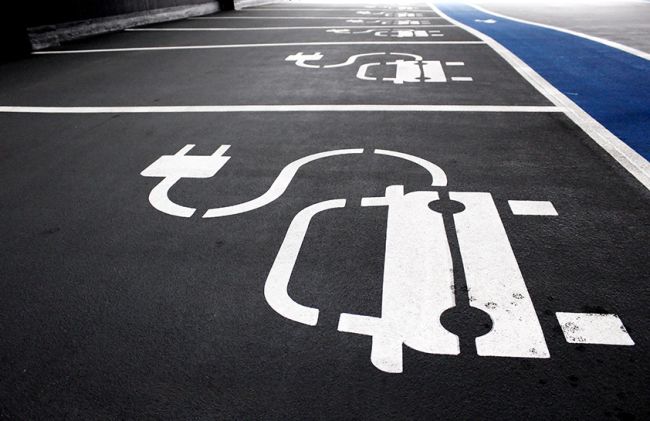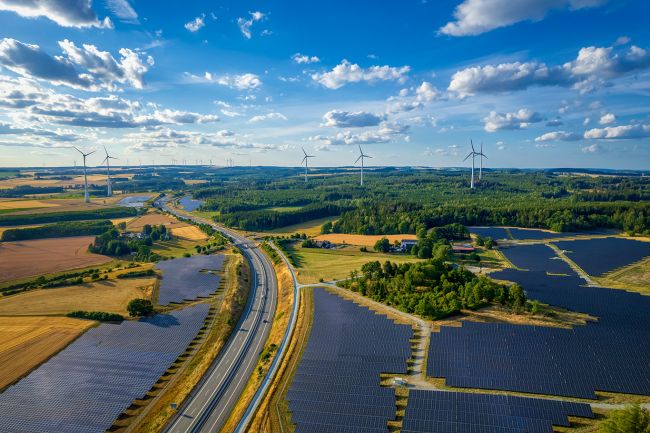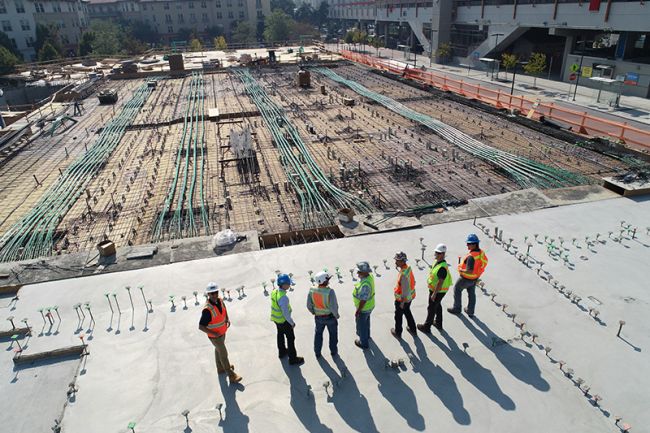The future of parking in the evolution to autonomous vehicles
The effects of Connected and Autonomous Vehicles (CAVs) on parking will depend on the adopted ownership model, public policy and demand.

The effects of Connected and Autonomous Vehicles (CAVs) on parking will depend on the adopted ownership model, public policy and demand. If privately owned, the number of car parking spaces could be equivalent to today’s number, or slightly increased due to higher mobility rates, but if shared ownership prevails, fewer vehicles will require parking. Notwithstanding the ownership model of the future, CAVs can be parked more efficiently and consume less space, reducing demand for parking close to one’s destination.
What will this mean for those who invest in parking assets, operate car parks, plan new developments and operate CAV fleets?
Who will feel the impact?
We have identified four broad groups of parties that will be affected by the changes to parking which will arise with the roll-out of CAVs. This includes investors/owners, car park operators, real estate developers and CAV fleet operators, all affected in different ways. The challenges and new opportunities available to each will vary according to asset location, profitability and services provided at each parking facility. These factors will also impact the rate of change of parking provision and implementation of new technology.
Location, location, location
The widespread take-up of CAVs will greatly impact the spatial distribution of existing and future parking asset.
- For investors/owners and operators, existing assets may no longer be profitable due to their location and/or improved capacity resulting from CAV technology at nearby car parks. Underutilised assets could be converted for alternative purposes or diversified to offer a broader set of services (such as servicing, charging, holding areas), to CAV fleet owners depending on location.
- For developers, parking lots could be relocated to cheaper land (subject to planning consent), away from real estate developments and arrival locations, or at an optimised location within the development. With less need for parking, integration of adequate pick-up and drop-off facilities across real estate will be critical. Minimum parking requirements at new developments could also be abolished.
- CAV fleet operators will be looking to find the optimal location to service, charge and hold their vehicles to ensure maximum availability and minimum time wasted without a fare.
Evolving needs and profitability
Since the capacity of parking areas will increase, for some operators parking revenues might also increase, depending on location. At the same time, upfront investment will be required to attract customers beyond simply location, and merely safeguarding your car while you are busy elsewhere, and will need to evolve to offer a range of new services, such as EV charging points, servicing/cleaning and secure delivery of online shopping to your vehicle.
Digital infrastructure will be critical to enable occupancy to be monitored and managed. It is anticipated that the majority of investments in the parking industry will go to improve efficiencies in parking. This will include integrating low-cost technology solutions to streamline and improve the customer experience through the smartphone and the connected car.
- There will be opportunities for investors/owners and operators to diversify their service offer and potential to stratify their services to cater for a range of ownership models: from high-end private CAVs to low-cost fleet servicing contracts.
- Developers will need to incorporate flexibility in the design and configuration of parking infrastructure (to accommodate new technology, higher vehicle capacity and potential change of use in case of local overprovision). Their chosen designs and locations for parking facilities will optimise commercial attractiveness.
- CAV fleet operators will seek parking which caters to their needs, in the locations of their choice, and at an attractive cost. Indeed, CAV fleet operators may even become asset owners and developers themselves. We could see parking assets purchased by Uber or Google, abstracting revenue from public and private owners/investors.
Impact on revenues will largely depend on the eventual CAV ownership model, location, capacity, and ability of investors/owners and operators to diversify services and make technological upgrades. If shared-multiple occupancy usage increases over time, less capacity for car parking will be needed – this will lead to overprovision and potentially reduced revenues at locations which find it difficult to diversify, such as airport car parks. However, shared/fleet ownership of CAVs also offers the potential to move towards fleet contracts and revenue guarantees against service Key Performance Indicators (KPIs) targeted at operators of optimally located parking lots.
The last word
It is clear that the introduction of CAVs onto our streets will significantly impact the future of parking. This impact will be felt most prominently in our urban areas. Investors/owners, developers and CAV fleet operators should be looking to understand and monitor this market now, so they can move to optimise their investment. Transformation will, however, take time; assets will need to be designed with flexibility in mind in order to react to changing future demands for parking provision.
There is likely to be a movement, away from parking managed in isolation, to partnership arrangements leveraging enhanced opportunities to satisfy the changing needs of the market, such as enhanced service offerings and fleet contracts. Owners/investors and operators should be proactively looking for partnering opportunities as these trends are spotted. It is easy to imagine that your future choice of CAV fleet provider will be governed by the speed by which the vehicle can reach you, and partnerships with the owners of optimal located parking with a full-service offer will be key to achieving this.
Changes to the way parking is provided and managed are likely to trigger a wider process of urban transformation, as Steer describes in “Who’s Driving”.





